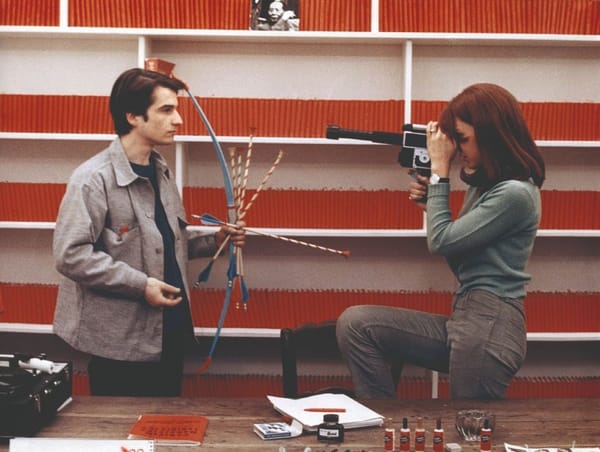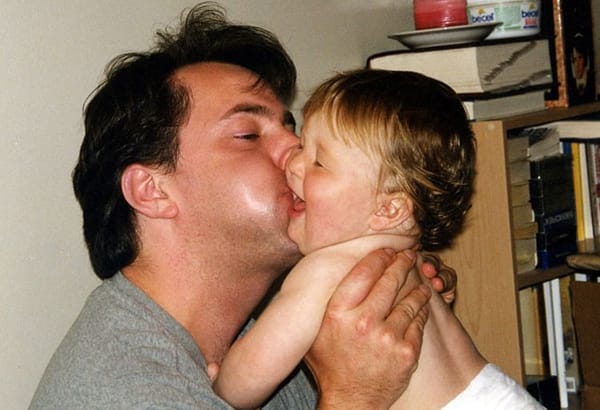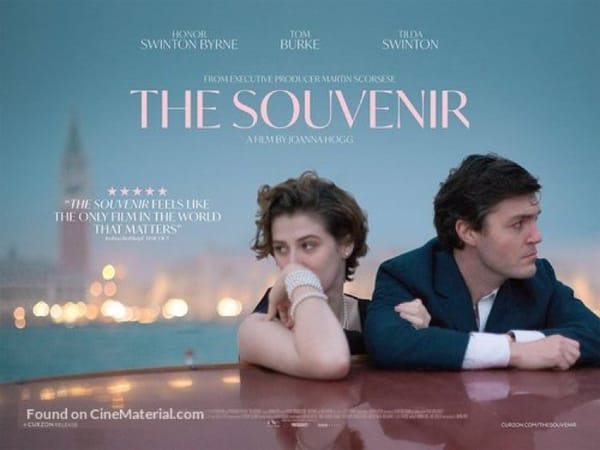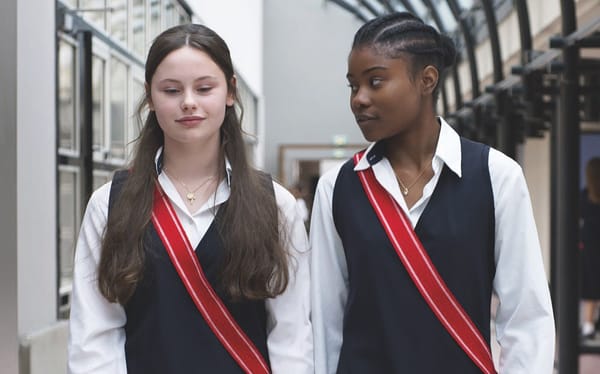Hell, only with more feathers: The Birds (1963)
A lookback on one of Hitchcock’s Horrors, through the eyes of a modern watcher

Although unlikely antagonists, director Alfred Hitchcock solidifies his mastery of the horror genre by making everyday birds as menacing as any Freddie Kruger or Mike Myers. On a roll after the success of Psycho just three years earlier, Hitchcock brings to life Daphne du Maurier’s short story of the same name. The story follows party girl Melanie Davis, the 60’s more perceptive answer to Paris Hilton, as she goes on a mission to deliver a pair of love birds for a man she becomes enthralled with. In order to get the birds rightfully delivered, Melanie follows the man, Mitchel Brenner, to the sleepy coastal town of Bodega Bay, where it becomes clear that the birds are beginning to act eerily out of character.
A notable characteristic for the first half is the picture postcard ready shots thrown about, tying in with the mood of the scenes. With it being a full hour before the birds start showing much violent behaviour, Hitchcock spends time effectively painting a picture of the tranquillity of the town and building a cheeky rapport between our main protagonists. If your appetite for horror is only satiated by constant frights from the get-go, The Birds is not for you. However, the ‘scary scenes’ in this film creeping in so slowly means the audience is able to soak up the hints of things going awry before we’re confronted by them, leading to a more enjoyable payoff. When things finally do start to go crazy, the boundaries of reality are ripped open, with children being pinned to the floor and dragged by their hair.
The Birds was nominated for its special effects soon after its release, with film editors from MGM and Disney studios being employed to utilise new ‘yellow screen’ technology to overlay some of the masses of birds over the cast. Even with this, I believe that if this film was made today with modern day CGI and robotics, it wouldn’t be the special effects that would make it stand out, but the sound technology. This film hasn’t got much of a soundtrack in the traditional sense, rather a carefully composed symphony of birdsong that, as the movie progresses, trains the audience to fear it. This is particularly memorable when real trouble starts to brew: it’s a dusky evening and Melanie and Mitchell are having a dispute while a crescendo of birdsong begins. The audience realises this first, then Melanie, and then we see a sinister murder of crows perched on a nearby tree. Yikes.
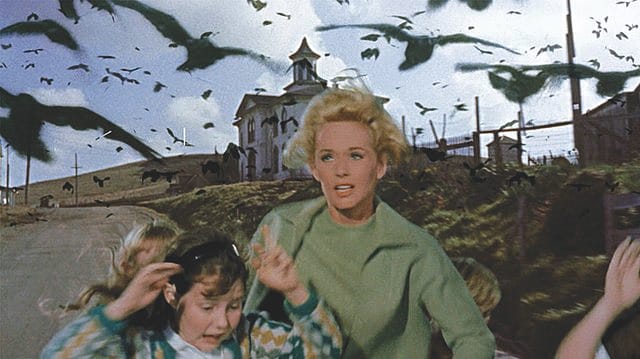
A more unfortunate reoccurring motif in this film is that every single female character seems pretty much useless at trying to fight away these birds. This ridiculousness reaches its apex when Mrs Brenner, Mitchell Brenner’s mother, attempts to shoo away approximately 300 birds with a handkerchief. Meanwhile it seems clear that it is only the male characters intent on doing anything particularly useful, such as nailing shut windows and doors and attempting a plan to lure the birds away. It is worth considering that this may be an unfortunate by-product of looking back on a film from the 60s directed (obviously) by a man, when the writer of the text this film is based on is in fact a woman. It is also worth mentioning that du Maurier disapproved of Hitchcock diverging from the story in some respects, for example setting the film in west California instead of Cornwall.
Aside from the characteristics that firmly root The Birds as a film from 1963, the themes of the movie are timeless. It is not lost on the town members that this scenario is reality turned on its head, with it usually being humans culling any species that seems fit. In stark contrast to the beginning of the film where hundreds of birds are caged in a bird shop, we see birds of all species working together against the common enemy: mankind. Much like how the planet is currently fighting against us now with devastating forest fires and floods, the audience is warned against the dangers of exploiting nature. Alternatively, a similar argument could be formed, with du Maurier portraying the birds as those being exploited, who, with their strength in numbers, can rise over those oppressing them.
Without taking itself too seriously, The Birds manages to show us that there is a hint of horror in anything. Despite being released almost 60 years ago, this story shows only small signs of aging. And again, despite its age, it is an essential watch for any fan of horror and like it or not, you’re not going to appreciate birdsong for a while.

